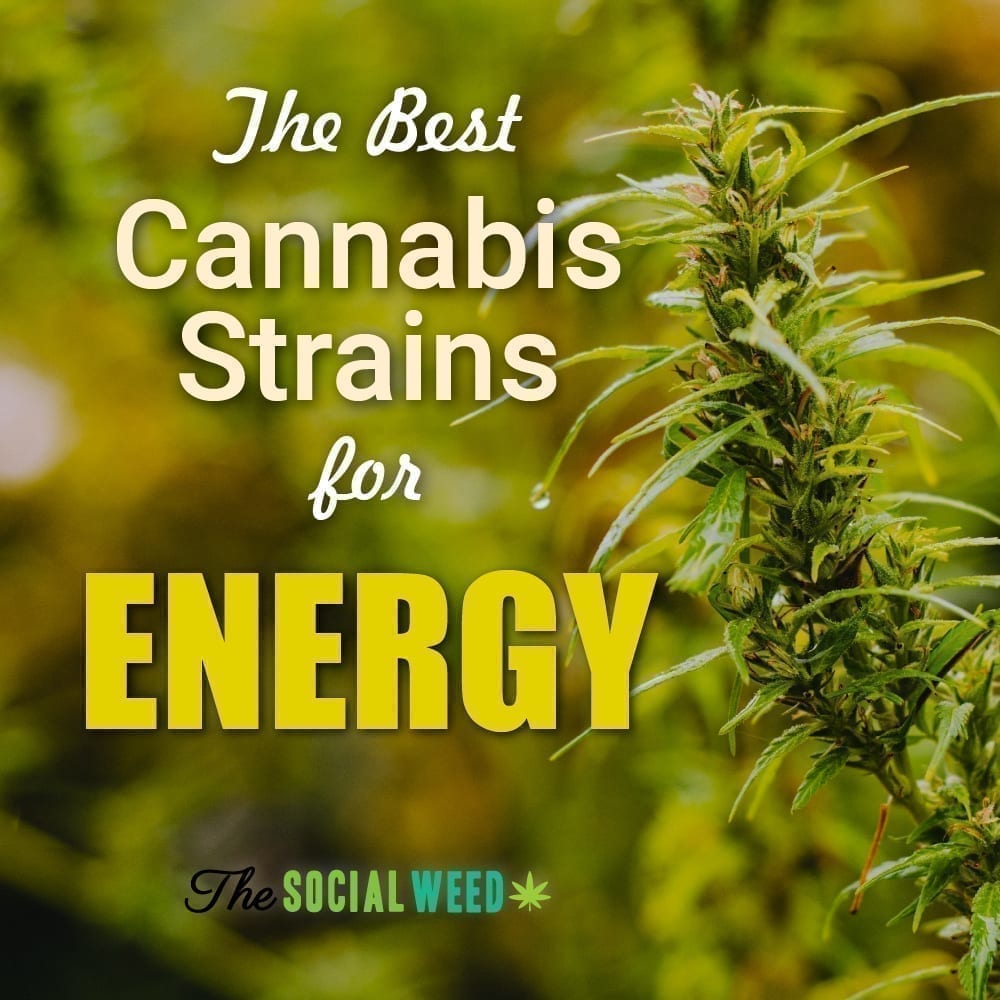
When Alexander Repetski’s daughter Gwen was born seven years ago, she was “extraordinarily healthy.”
But by the time she was 18 months old, doctors were telling Alex and his wife to buy a wheelchair accessible van. Gwen was in a near vegetative state caused by a condition called refractory intractable epilepsy, a form of the disease characterized by difficult-to-treat seizures. Gwen’s seizures were the kind that affect the brain’s ability to retain information, including basic functions like learning to walk, and they were happening almost constantly. “They told us she might never walk.”
Devastated by this news, the Toronto dad realized he had two choices. “One was to completely lose my mind and break down. And the other was to try to understand what was happening.”
Repetski opted for option No 2. He read every scholarly article and white paper he could find on Gwen’s form of epilepsy, going down a rabbit hole that eventually led him to some older research studies that mentioned the possibility of cannabis as a therapy for uncontrollable seizures. It piqued his interest because Gwen’s doctors had tried nine conventional drug therapies “and nothing was really helping,” he says.
That started Repetski on a path that would eventually lead him to build a cannabis oil extractor in his garage in order to access the non-psychotrophic compound cannabidiol (CBD) — shown to be effective for treating muscle spasms like the kind associated with seizures. It also led him to become an outspoken advocate for medical marijuana as a treatment for children who need it, to close relationships with the research community, and to his new career as director of communications at Flowr, a cannabis company with offices in Toronto and Kelowna, B.C.
Repetski is part of a growing group of parents seeking access to medical marijuana for their children. Although medical marijuana for children is permitted, it’s safe use is still poorly understood. Most family physicians and pediatricians do not feel comfortable prescribing it and would likely consult a specialist, says Dr. Michael Rieder, a pediatrician specializing in clinical pharmacology in London, Ont., author of the Canadian Paediatric Society’s 2016 position statement on cannabis use as a therapy for children, which is getting an update in the coming months.
Today, Gwen is doing so much better, says Repetski. Although she continues to need treatment for her epilepsy and has autism, “she’s a seven-year-old girl who is running and jumping and playing.” It’s a startling change from the days when she was having around 30 seizures per day, her dad says.
Getting her here was anything but straightforward. In 2013, when Repetski started lobbying Gwen’s neurologist and other doctors for access to medical marijuana, it was a major undertaking. “It took me about 10 months to convince a doctor that this was a viable possible therapy for her, and I got access to it in 2014.”
However, there was still a big hurdle to overcome: “Obviously, she wasn’t going to smoke cannabis.”
But there were no oils available at the time. Without them, there’d be no way to control his little girl’s doses. “So I got some friends together, and we built an extraction machine in my backyard.”
With that he began converting Gwen’s prescription cannabis buds and flowers into oil, sending it to a lab to be tested and cautiously administering it to her a little at a time, since her doctors couldn’t give Repetski any guidance on dosing.
The Canadian Paediatric Society’s position statement was decidedly cautious given the dearth of research information about the safety and efficacy of medical marijuana for children at the time. Dr. Rieder says his updated version will reflect that more is known now, including that there have been three large studies on cannabis and epilepsy.
“For epilepsy, it’s kind of a no-brainer,” he says, especially given there are documented cases where the child is having 300 seizures a day, allowing for little quality of life. “But unfortunately, for many of the things that parents are wanting to use it for, there still remains very little information.”
Given that a Harvard study on the effects of recreational marijuana use found it does have effects on the developing brain, says Rieder, the potential benefits have to be significant enough to weigh heavily against the risks.
There’s a lot of interest among parents of kids who have autism, for instance. Rieder says that’s an area that merits more research, particularly if cannabis could help augment the costs of expensive behavioural therapies shouldered by families.
Rieder says he hears a lot about interest in pediatric cannabis as a treatment for ADHD, but that the revised position paper will say it’s not a good idea, given the cognitive implications. Regardless of what else marijuana consumption does for you, “nobody would disagree that you’re not just not quite as crisp as you would be otherwise.” There’s good data to back that up, he says.
It’s also important to note that just because cannabis may be an appropriate treatment for some medical conditions in children, that doesn’t mean it’s safe for youth to use recreationally, says Rieder.
Among the other potential uses for pediatric medical cannabis are treatment of muscle spasticity (associated with traumatic brain injury, cerebral palsy and, though rare in children, stroke), inflammatory bowel disease, and nausea in those going through chemotherapy.
Meanwhile, the Canadian Paediatric Society is advocating for more money for pediatric drug research, something that’s been sorely lacking to date for cannabis and other medications, says Rieder.
Once more is known, there will still be financial barriers to overcome for families who need access to it, he says.
“It can cost thousands of dollars a year to have a child on CBD oil, and a lot of insurance companies won’t cover it.”
Given that the next stage of treatment for Gwen was feeding tubes, Repetski says he feels it’s critical that pediatric cannabis use becomes the subject of more and better research.
“It’s not a cure-all, but it’s something that is, in certain cases, extraordinarily effective. It needs to be understood much better, and that’s why I’m involved in the industry.”
Source: TheStar.com





